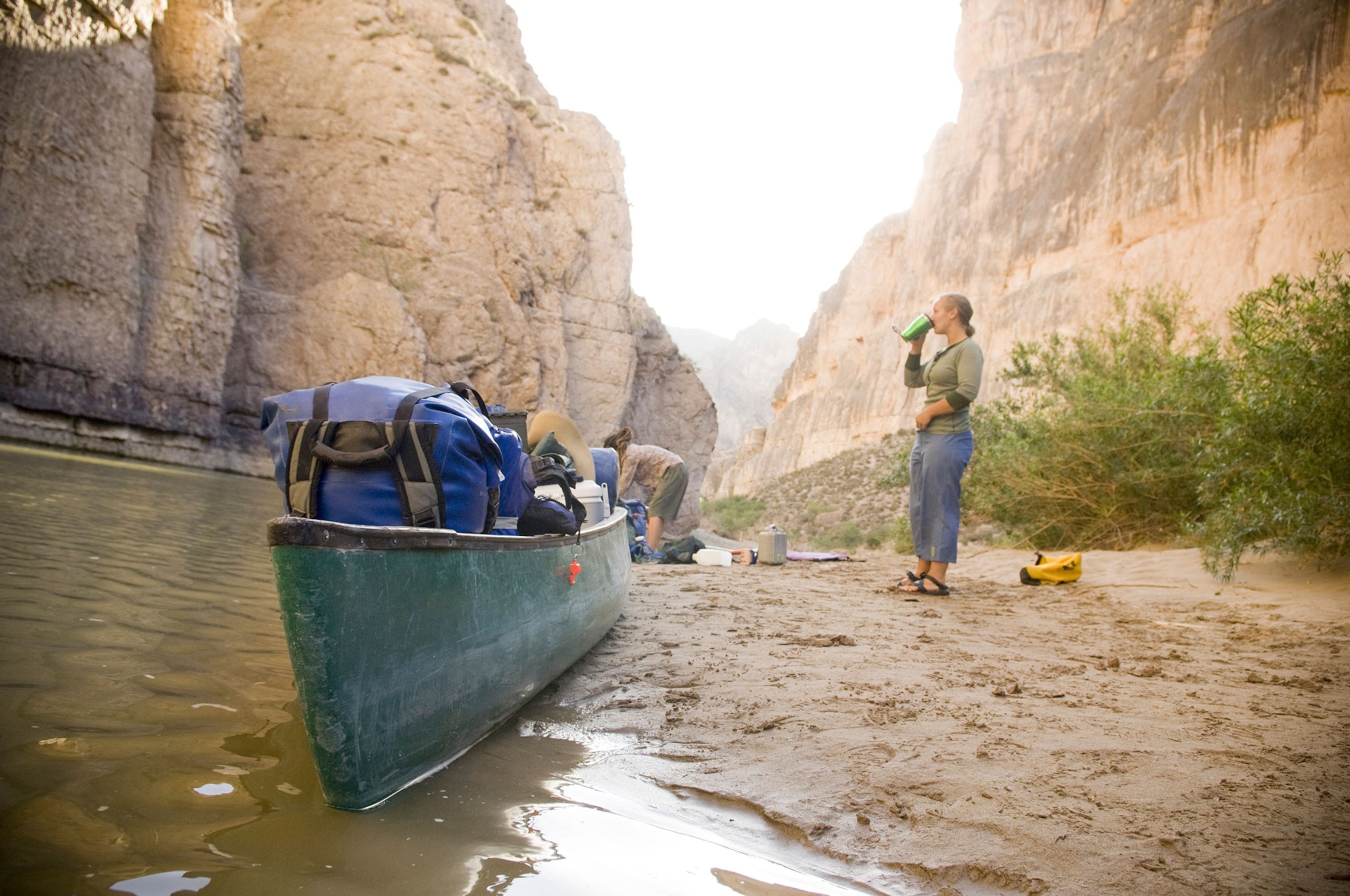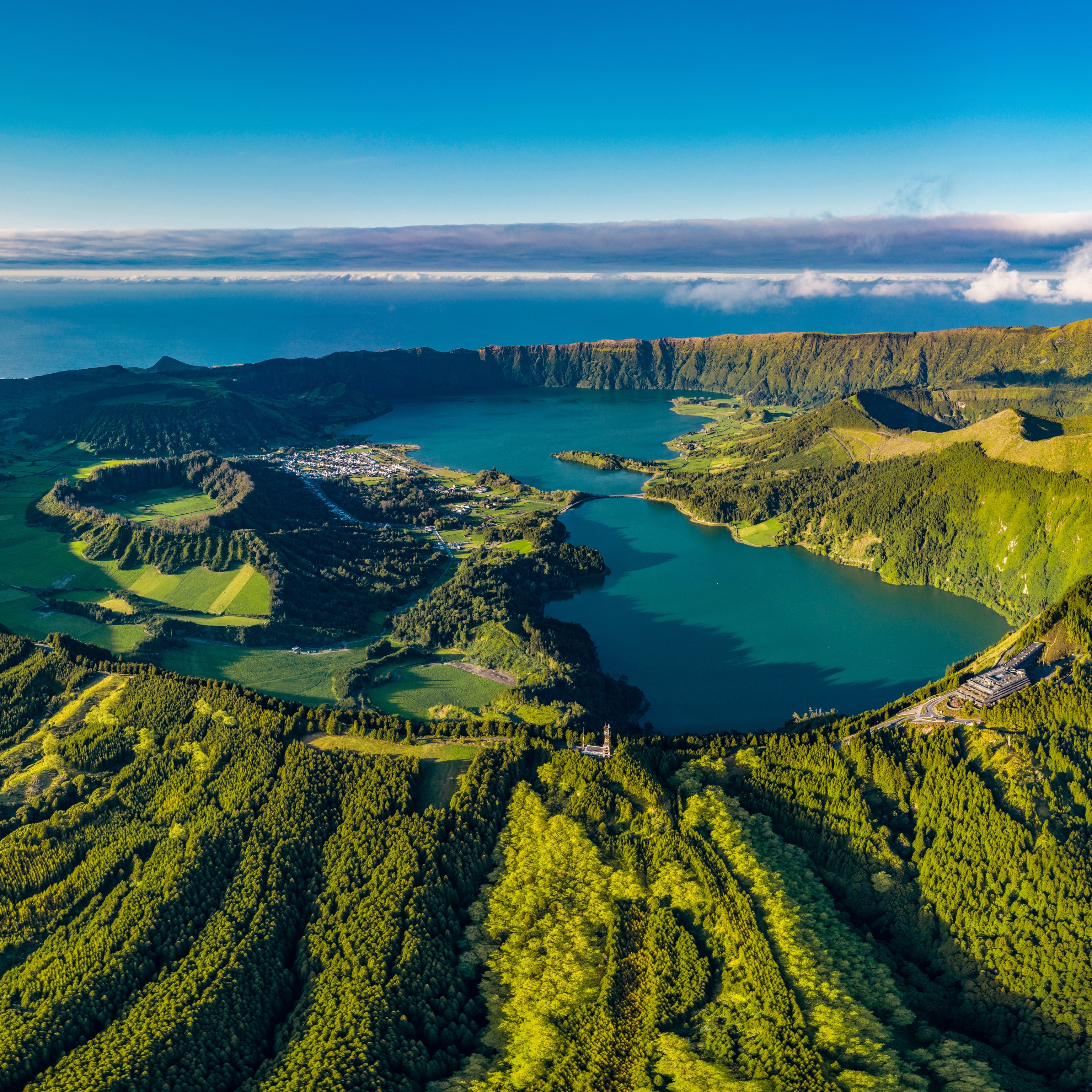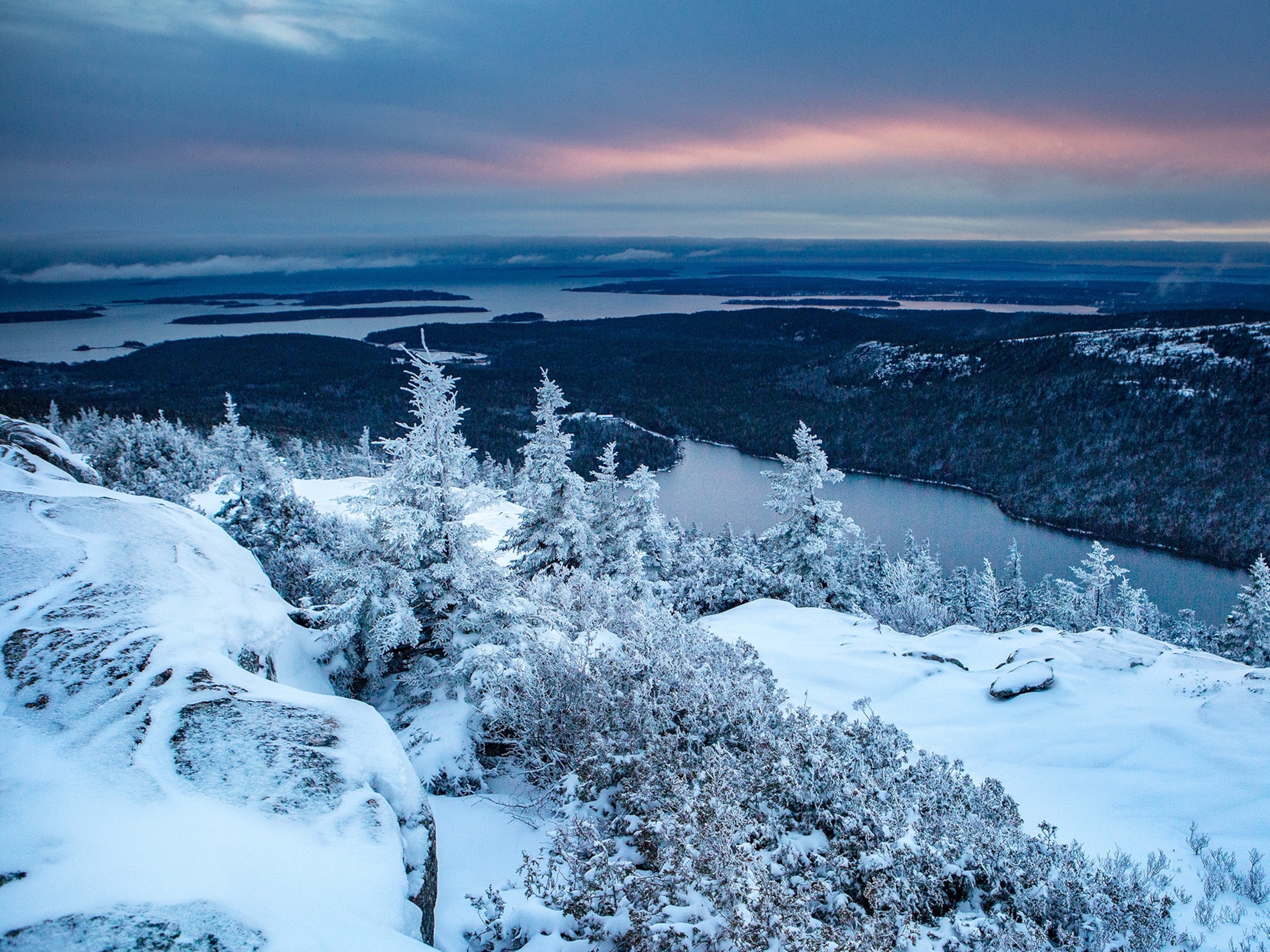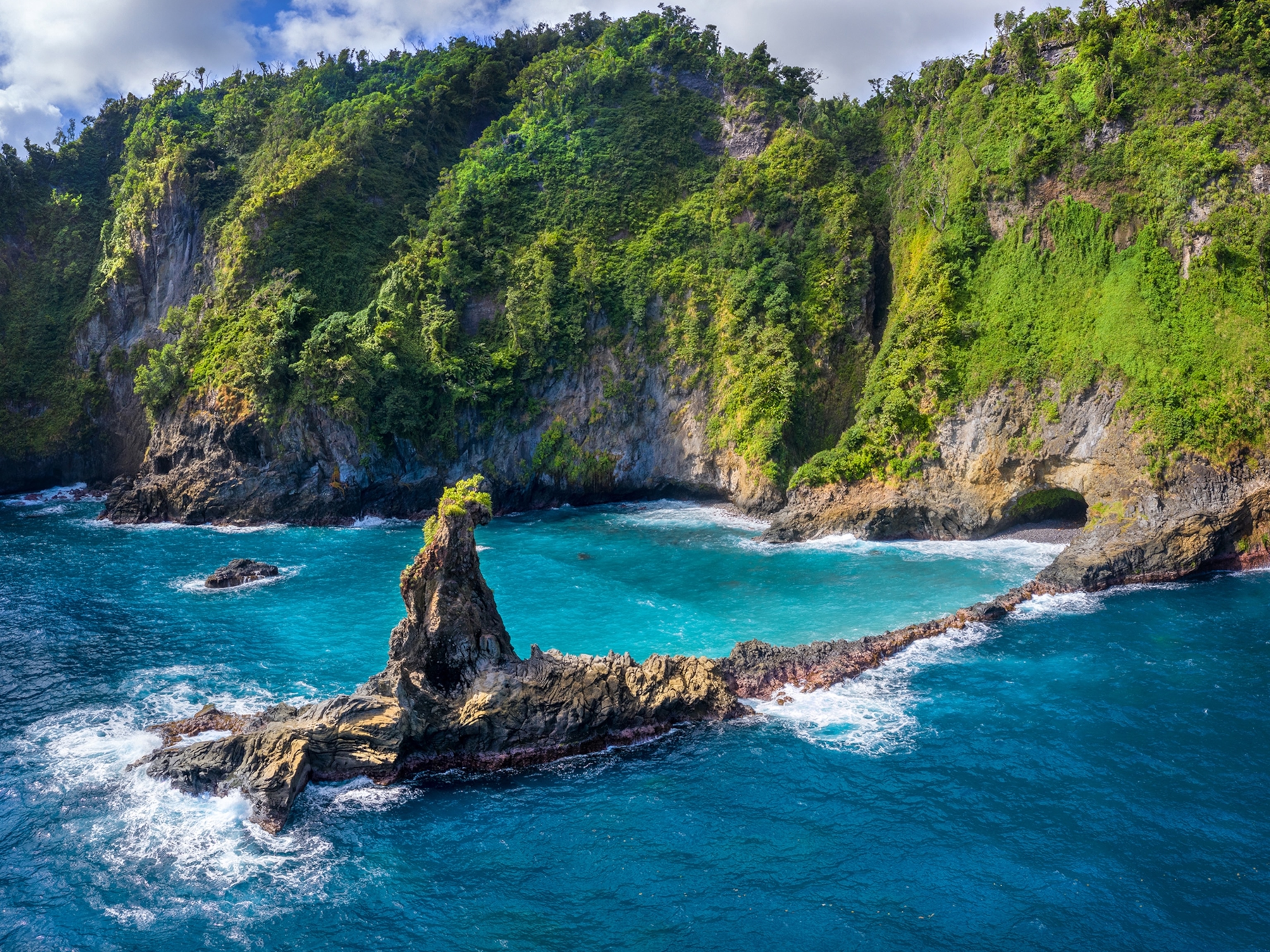
Paddling With a Passport From the U.S. to Mexico
Big Bend National Park and Mexico’s Boquillas del Carmen have a symbiotic relationship that facilitates exchange across borders, especially visitors. But is that all going to change?
Santa Elena Canyon’s walls are 1,500 feet of river-smooth limestone, high and close enough to give you tunnel vision. I am paddling the chalky green Rio Grande, through the borderlands of Texas and Mexico, and in the depths of the canyon I am not sure how to tell which country I am in.
The line between the two has always been fluid here. For 1,255 miles, from El Paso to the Gulf, the Rio Grande is the border. In the southwest corner of Texas, it makes an 118-mile-long bend, forming the boundary between Big Bend National Park and Mexico’s Maderas del Carmen protected area. It’s an intertwined, international ecosystem that depends on the river.


The Rio Grande runs dry upstream from here, around Fort Quitman, Texas, 80 miles south of El Paso. It’s slaked off by irrigation canals and stopped up by dams, but it starts flowing again in Presidio, almost 200 miles south, thanks to water that flows in from Mexico’s Rio Conchos. We wouldn’t be paddling through the skyscraping canyons of one of America’s best ideas if it weren’t for that Mexican water.
Big Bend is one of least visited national parks, and part of its beauty is its starkness. Once we paddle into the canyons, we see almost no one. There are more turtles than people, and hardly any noise beyond the river rushing past gravelly point bars.
One of the few people we see on the water is river ranger Mike Ryan, who is paddling upstream as we are coming down. He tells us Big Bend is one of the rare places where a canoe is ideal. There are a few too many rapids for a touring kayak; the river is a little too slow and draggy for a raft. Graceful, fast-moving canoes are the perfect craft.
He says beautiful, hard to access rivers like this are rare, too. Sixty-nine miles of the Rio Grande through the park, are “wild and scenic,” a federal designation that applies to fewer than a quarter of one percent of all the waterways in the country.
From the river, the international boundary seems arbitrary—both banks look the same, but there’s a single official border crossing in the park: Boquillas Crossing. The lone park ranger there waves us through the building. He says it’s been “spring break busy”; 360 people came through yesterday. On slow summer days, he’ll see as few as four.
From there we walk down a shady path to the one-boat international crossing, helmed by Adrian Valdez, who rows between countries in a matter of seconds. On the Mexican side, you can hire a truck, horse, or donkey to take you to the town of Boquillas del Carmen, three-quarters of a mile up a dusty road.
A wall would splinter the ecosystem, the economy, and the ephemeral way of living here on the spare, hard-to-survive edge of the desert.Heather Hansman
Boquillas is colorful klatch of pastel houses, open-air restaurants, craft stands, and tiny hotels. The town, which sprung up around a former mine, is 150 miles from the nearest town in Mexico, so the 50 families who live there depend on American tourists for their livelihood. It’s symbiotic. When there’s a wildfire in Big Bend, park officials call up the Diablos, a crew of hotshots from Boquillas, to come help fight it. The ecosystems on both sides depend on the river.
After 9/11, the Boquillas border was closed until April of 2013. Boquillas turned into a ghost town. Lilia Falcon, whose family has run the José Falcon restaurant in Boquillas since 1973, had to shutter the business and go to the U.S. to find work. The closing of the crossing made everything harder. A scientist in Big Bend told me that they still tried to manage the ecosystem collaboratively, because fish don’t know anything about borders. Representatives from each side would float into the middle of the river, hold meetings, then paddle back to their respective countries.
We have lunch in Boquillas, then Adrian rows us back across the river, pulling upstream against the push of the current, telling us he’s a little worried about his job.

On both sides of the river people were unsettled. Because of the Trump Administration’s promised border wall, that artificial divide could become a reality again. The park is public land, so it might be politically easier to build a wall here than across private land elsewhere along the border.
No one I talked to wants a wall. They say it would be purposeless—the canyon forms a natural barrier, and few people cross illegally here in the harsh Chihuahuan high desert. They think it would be even more devastating than the previous closure, because of the way a physical barrier would split the landscape.
A wall would splinter the ecosystem, the economy, and the ephemeral way of living here on the spare, hard-to-survive edge of the desert. It might make canoe trips like these impossible. Everything depends on access to the river, no matter which country you’re coming from.
- National Geographic Expeditions
How to Do This Trip
Getting there: The closest airport, Midland, is three hours away in Texas.
Outfitters: The Far Flung Outdoor Center in Terlingua, Texas, has gear rentals and shuttles. They also offer guided trips, if you don’t want to go it alone.
Food and drink: There are three camp stores within Big Bend National Park. In Terlingua, just outside the park, buy groceries at the Cottonwood General Store and get dinner at the Starlight Theatre or La Kiva.
Getting across the border: The Boquillas Port of Entry is in Rio Grande Village, on the east side of the park. You need a passport to cross. Check opening times and requirements.






